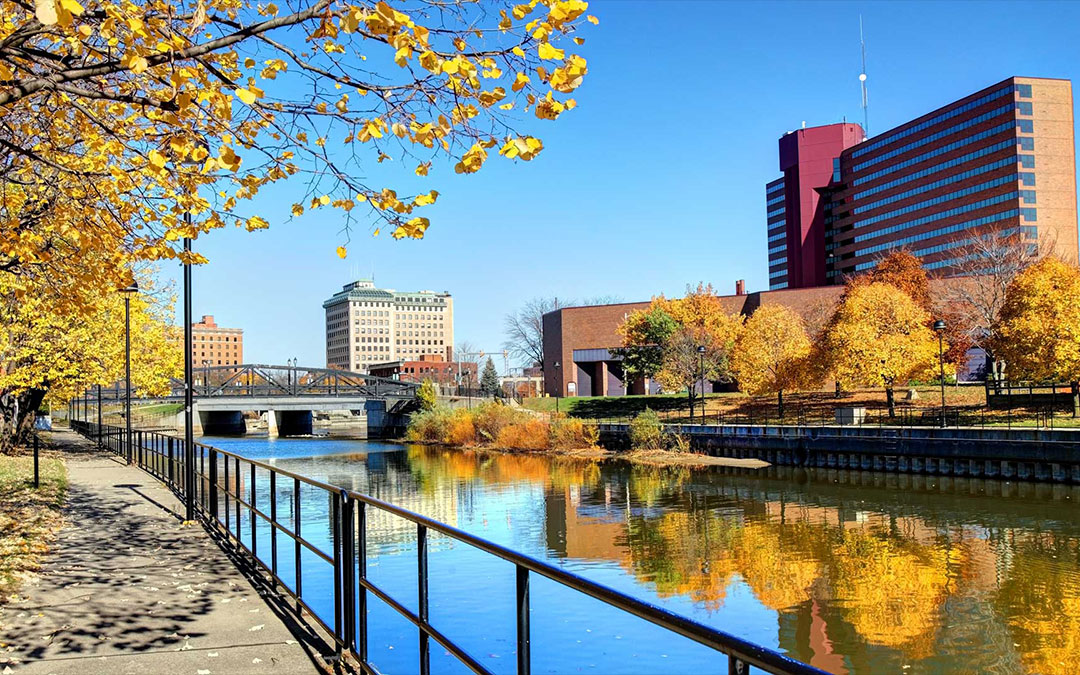You may have heard that in a recent edition of US News and World Report that Flint is listed as one of the best places to live in America. While you may also be shaking your head and wondering just HOW this is possible, US News also reports that the Flint Area is also the sixth best place to live in the entire State of Michigan! Only SIX cities in Michigan made the top 150 in the country. And, yes, your hometown is one of them!
It is often said that “you can’t see the forest for the trees” and often that applies to the place where we live. Certainly, Flint has issues that need to be solved. Certainly, there is too much crime, too many shootings, not enough police and fire personnel, and not enough money to pay for the things this city needs to survive, let alone thrive. But, if you’re focusing on the bad, you are also missing seeing the good.
This is directly from the article authored by Amanda Emery:
What’s it like to live in Flint, MI?
“Established in 1819, Flint quickly became one of the region’s primary lumbering areas. Soon afterward, the money made from lumber was invested into the creation of a local carriage-making industry. Horse-drawn carriages gave way to the automobile, establishing Flint’s role as a hub for auto manufacturing.
The Buick Motor Co., which started in Detroit in 1900, moved to Flint when it incorporated in 1903. AC Spark Plug also originated in Flint. While Chevrolet’s headquarters were in Detroit, its first and main manufacturing plant was in Flint. For a number of years, all Chevrolets and Buicks were built in Flint.
Going through hardships like GM closing area plants over the years and the 2014 water crisis, the Flint community has a history of rallying together during tough times. There is a strong sense of pride from Flint residents. Whether it’s standing together as a neighborhood to combat crime or helping those in need, the Flint community works together to make it a better area to live in. The community also promotes and fosters the arts. And, with multiple higher-education institutions in the area, Flint is becoming an active college town.”
If I may borrow a phrase from an old advertising campaign from a local Chevy dealer: “That sure sounds like Flint to me!”
Did you know that the graduation rate of Flint High Schools is almost 82%? A little above the national average? Did you know that The Flint Institute of Arts boasts being the second largest art museum in the state? How about that the newly remodeled Sloan Museum of Discovery that will reopen to the public on July 16? It’s a beautiful place that you won’t want to miss visiting. Longway Planetarium is one of only eleven planetariums in Michigan. The newly remodeled Flint Public Library you’ve already read about in this publication. Applewood Estate, live theater, professional hockey, soccer and basketball teams, a vibrant art and club scene, a housing market that has a average price of $70K, far below the median in Genesee County or the state.
There are seventy public parks within the city limits of Flint. Most laid out over a century ago, designed to be within an 8-minute walk from anywhere in the city. Most have been adopted by resident ‘Park Adopters.” Volunteers who work to keep the park clean and report other problems. In addition, Genesee County Parks staff are now removing trash from all the city parks and helping to maintain them.
Flint has much to recommend to potential visitors and future residents. Yes, there are problems. All cities have similar problems. Some may think that more people equal more problems. The opposite is truer. More residents can equal fewer problems.
Celebrate where you live. Celebrate Flint!
After all, it’s one of the Top 150 places to live in the country. US News and World Report says so!






